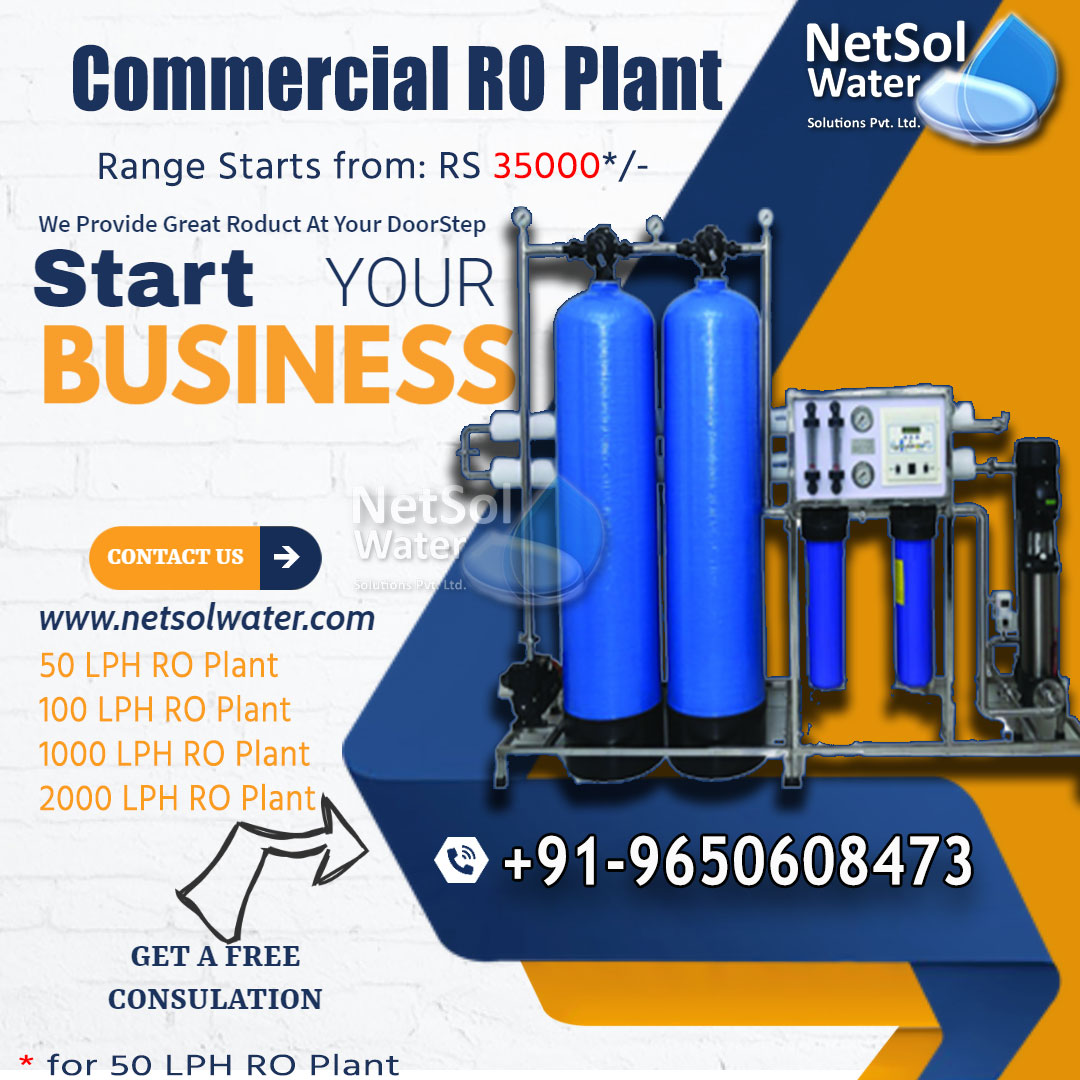What are the basics of water treatment industry?
Water is a valuable resource. To conserve our natural resources and to aid in the production of drinking water, all wastewater is first cleansed of contaminants and pollutants before being reintroduced to the water cycle. Various procedures are employed to purify the water and attain the finest natural water quality possible.
In general, wastewater treatment can be categorized into two categories_
First, the harmful substances in the water are eliminated. Cleaning, iron removal, manganese removal, sterilization, desalination, or softening are all used to accomplish this. Second, compounds are specially added to improve quality and alter factors such as pH value or conductivity.
Basics of water treatment
1: Physical Indicators such as turbidity, suspended material, smell and odour, etc.
2: Chemical Indicators such as Individual impurity or pollutant indicators, an in-depth index of inorganic characteristics, comprehensive organic pollutant indicators, etc.
3: Microbiological indicators.
4: Indices of radioactivity.
5: Water quality standards.
6: Additional critical water quality parameters.
7: Surface water environmental quality requirements.
8: Other water quality requirements.
Fundamental methods and processes of water supply treatment
1: Elimination of particle matter: Coagulation, sedimentation, clarification, air flotation, filtration, sieving (grid, screen, microfilter, etc.), membrane separation (microfiltration, ultrafiltration, reverse osmosis), sedimentation (coarse particle sedimentation), centrifugal separation (cyclone sedimentation), and other methods are used.
2: Water treatment methods for removing and modifying dissolved (inorganic) ions and dissolved gases: The following treatment methods are used: lime softening, ion exchange, groundwater removal of iron and manganese, redox, chemical precipitation, membrane separation (reverse osmosis, nanofiltration, electrodialysis, concentration dialysis, etc.), water quality stability, de-fluoridation (removal of fluorine from drinking water with high fluorine water), fluorination (adding fluorine to drinking water from low fluorine water), blow-off (elimination of free carbon dioxide, sulfurization), aeration (oxygenation), deaeration (deoxygenation of boiler water), etc.
3: Organic matter removal treatment technique:Powdered carbon adsorption, raw water aeration, biological pre-treatment, ozone pre-oxidation, potassium permanganate pre-oxidation, hydrogen peroxide pre-oxidation, pre-chlorination, ozone oxidation, activated carbon adsorption, biological activated carbon, membrane separation, large porous resin adsorption (used for the elimination of organic matter in the preparation of industrial pure water and high-purity water), and other methods are used.
4: Disinfection technique:Chlorine disinfection, chlorine dioxide disinfection, ozone disinfection, UV disinfection, electrochemical disinfection, heat disinfection, and more methods are used.
5: Cooling technique:Cooling is the process of removing heat, which usually results in a lower temperature and/or a phase change. Forced air, conduction, and convection are the three fundamental cooling mechanisms. Cooling tower water treatment is removing toxic or otherwise harmful pollutants from your cooling tower systems using certain filtering methods and chemical products. The treatment can help you handle the most common cooling tower challenges, such as biofilm and fouling.
What do we have to offer?
Netsol Water is a renowned producer of water and wastewater treatment plants. Based on client feedback and job quality, we are the most demanding organization in the water industry. We have a reputation for being the top commercial RO plant manufacturer, industrial RO plant manufacturer, sewage treatment plant manufacturer, effluent treatment plant manufacturer, and much more. Aside from that, our USP is 24x7 customer assistance.




